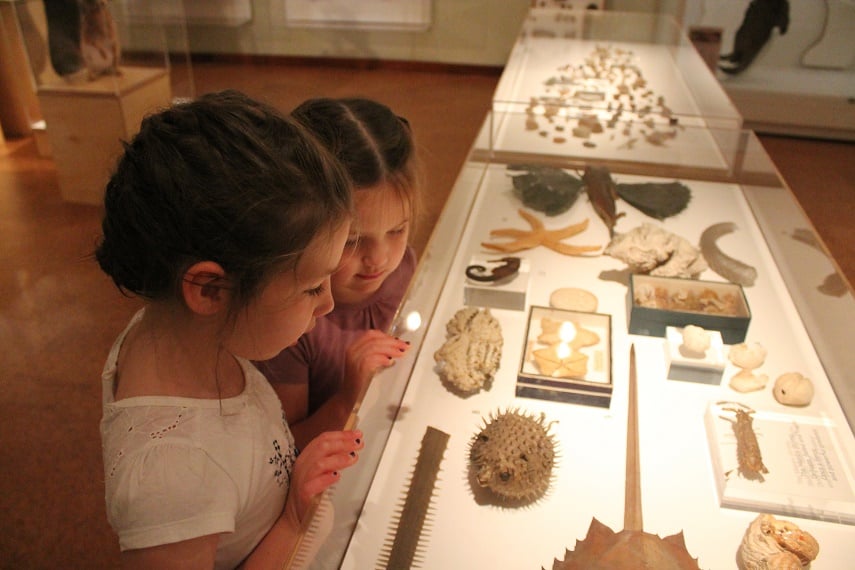
Derby Museums Trust
Museum entry fees do not affect visitor diversity, research suggests
Overall visitor numbers typically fall when entry fees are introduced, but donations and secondary spend are not affected.
Introducing an admissions fee does not affect the diversity of museum visitors, but can lead overall visitor numbers to fall, according to research released this week by the Association of Independent Museums (AIM).
Its survey of museum workers found that admission fees were not seen to discourage visitors from making donations or spending in museum cafes and shops, with these habits being more influenced by the quality of the retail and catering offer and the museum’s fundraising strategy.
The research
The research, which was commissioned by AIM, Arts Council England (ACE) and the Welsh Government, and produced by DC Research, aimed to understand the experience of museums that have changed their pricing strategies and to discover any subsequent impact on visitor numbers, diversity, satisfaction, spend, and the museum’s reputation.
Using a sector-wide survey, a literature review and one-to-one consultations, the research found that 57% of museums currently charge for some form of admission.
It found no ‘typical’ charging or free-entry museum, with one in three independent museums providing free admission, and one in three of local authority museums charging. 43% of respondents from museums that do not currently charge said they had considered introducing admission fees.
Effect of charging
58% of those surveyed who work for museums that do charge an admission fee said this had no impact on the diversity of their visitors. Although 68% of respondents from free-entry museums felt this policy had a positive impact on the mix of their visitors.
AIM Chair Richard Evans described this finding as “really important”. “Museums that charge are sometimes seen as providing less benefit to the public,” he said. “Cost is sometimes understood to be a barrier to access – but the research highlights that this is not the case.”
However, responses suggest that overall visitor numbers usually fall if an entrance fee is introduced, with some reporting ‘notable decreases’ in the number of local visitors.
This corresponds with the experiences of York Art Gallery, which last week revealed that its visitor numbers have fallen well below expectations following the introduction of an entry charge last year.
The research suggests that visitors tend to stay longer at museums that charge admissions. Some evidence suggests they are also more likely to visit the shop or used on-site catering, than visitors to free-entry museums.
Practical support
AIM has also produced a practical guide for museums to help them decide whether to introduce, remove, or increase charges.
The guide includes advice on understanding a museum’s audience and its ‘offer’, what questions to ask trustees, and which pricing strategies to consider. It also presents case studies from museums and galleries that have changed price models.
Join the Discussion
You must be logged in to post a comment.